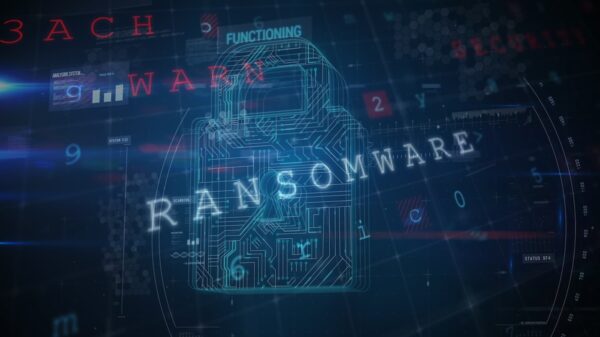The password hints saved in Windows 7 and Windows 8 can be retrieved and decoded by attackers, two researchers have found.
While going through the registry on a Windows 8 machine, Trustwave researchers discovered a new key, “UserPasswordHint” which contained the password hints created by the user, Jonathan Claudius, a vulnerability researcher at Trustwave SpiderLabs, wrote on the company blog Thursday. Claudius and co-researcher Ryan Reynolds, a penetration tester for public accounting and consulting firm Crowe Horwath, were studying automated tools to effectively extract Windows registry information.
The pair soon worked out “how to how to extract/decode User Password Hints from the Windows registry,” Claudius said. The researchers found that the value stored in the registry keys were obscured by adding zeros, but had not been encrypted.
Claudius used a small Ruby script to strip out the zeros and decode the stored values, according to the blog. “Although this stuff looked a bit unreadable on the surface we can now see that it can clearly be decoded and could be used by tools that extract information from the” Security Account Manager, he said.
Claudius and Reynolds had been examining how hashes were getting corrupted when being extracted from the registry using tools such as Metasploit, Cain and Able, Pwdump, Fgdump, L0phtcrack, Samdump, Creddump, Pwdump5, and Pwdump7. They’d presented their research at Black Hat and DEFCON security conferences last month and were working with developers to get the products patched.
Claudius submitted the script to extract password hints as an update to Metasploit’s hashdump module, he said. With the new module, people can use the open source penetration testing toolkit to grab user password hints from Windows 7 and 8 systems, he said.
“This seems like it would be very helpful for penetration testers by giving them more insight into what the user’s password might be,” Claudius said.
In the blog comments, Claudius acknowledged that encrypting the hints may not be the answer anyone who has physical access to the machine can try to log in and see the associated hint for that username “on a one-by-one basis.”
His focus and rationale for updating the Metasploit module was to “obtain this information remotely as part of a post-exploitation process and steal all the hints on the system,” he said in the comments.
















